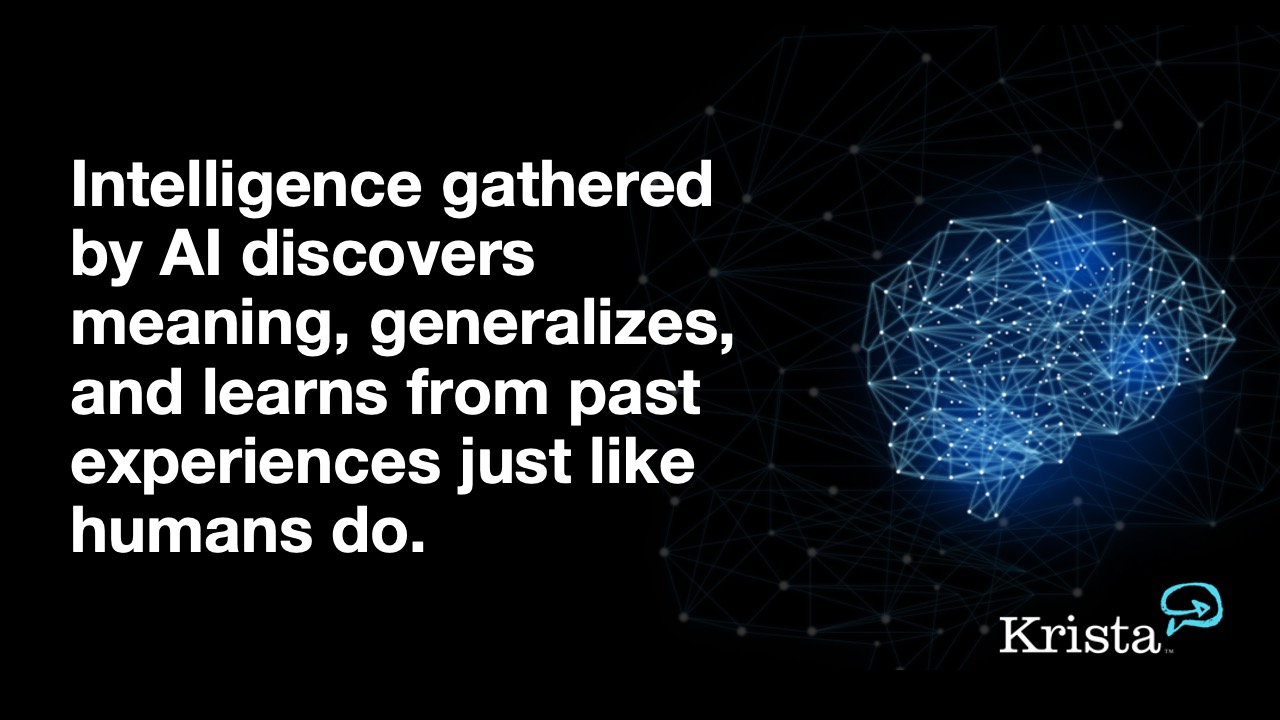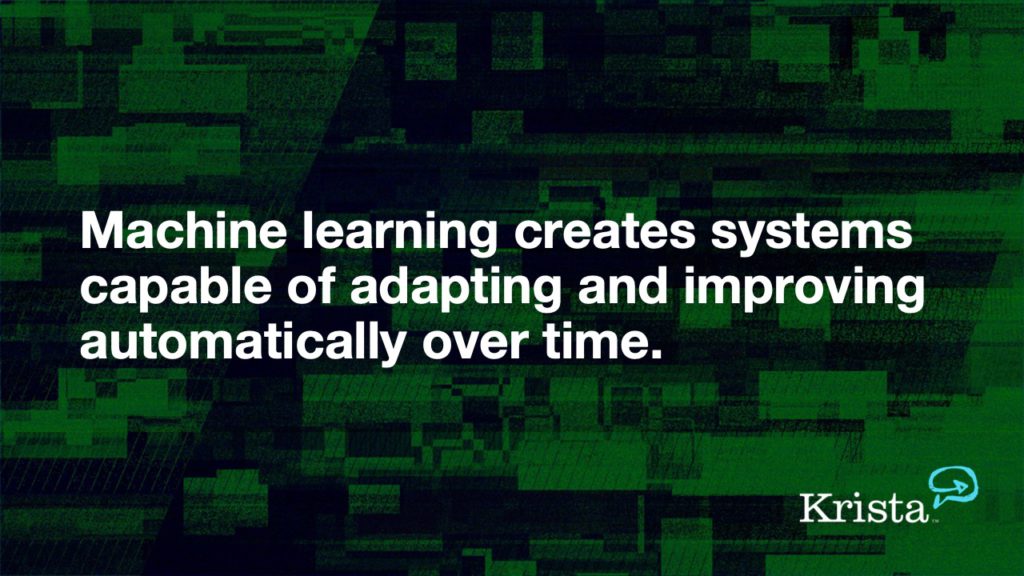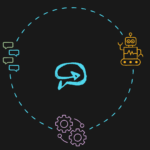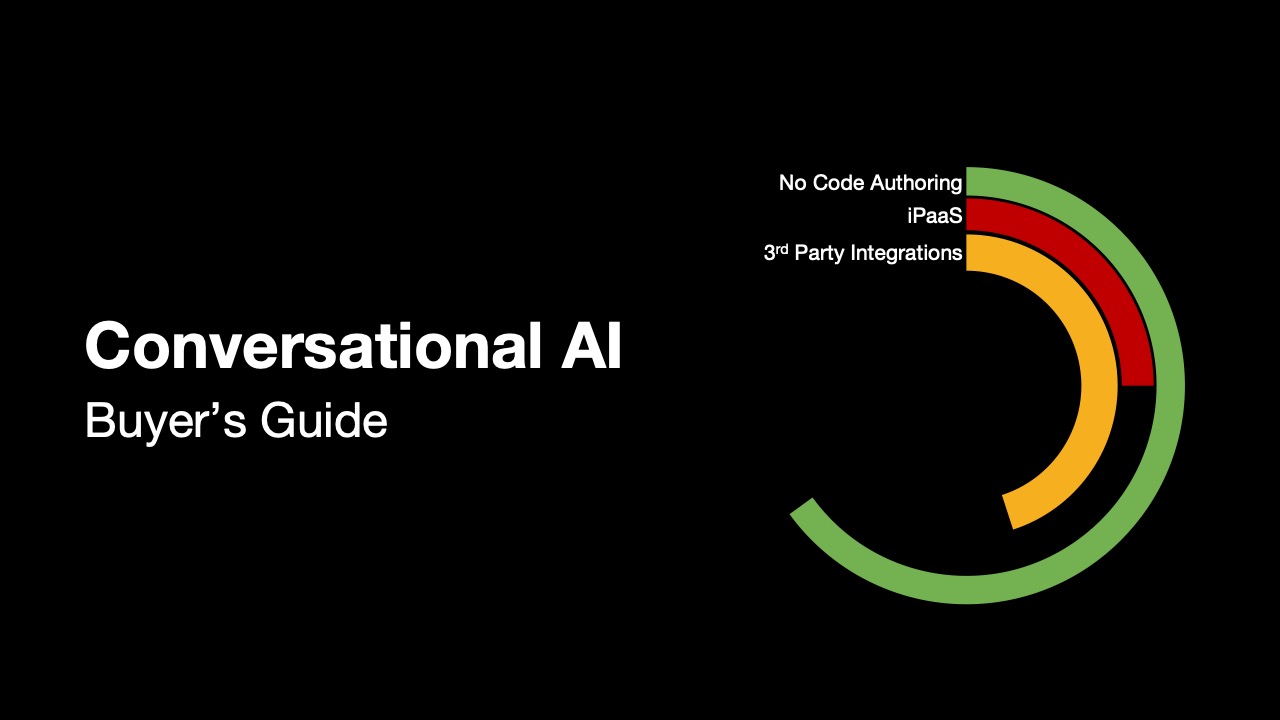As we enter a new age, there is one technology looming on the horizon that has the potential to change everything as we know it: artificial intelligence (AI). In particular, the past decade has seen a tremendous rise in both artificial intelligence (AI) and machine learning. Though they are often used interchangeably, AI and machine learning are pretty different—and the distinction is essential.
What is AI, and how does it differ from machine learning? In this article, we will explore the basics of AI and ML so that you can be better informed about these technologies and their potential implications.
To start, it is important to understand what AI and ML are.
What Is Artificial Intelligence?
Simply put, artificial intelligence (AI) provides computers with abilities to perform tasks commonly completed by people or associated with intelligent beings. However, it’s not artificial. Intelligence gathered by AI discovers meaning, generalizes, and learns from past experiences just like humans do. It can do things that ordinarily require human intelligence, such as understanding natural language. You can use AI to process and make decisions on various tasks—from something as simple as identifying images to self-driving cars or complex enterprise business process decisions.
AI systems learn to analyze information to predict future states by training with large amounts of labeled data. Training involves ingesting and analyzing massive datasets. Consuming huge amounts of data gives models patterns or correlations between different variables. Once these connections are found, then it’s just a matter of further training to narrow results and provide more accurate insight to improve customer or employee experiences.
The goal of AI programming is to develop three cognitive abilities:
- Learning
- Reasoning
- Self-correction

Types of Artificial Intelligence
Reactive Machines
These are machines that simply respond. When making new decisions, these systems don’t create memories and aren’t influenced by prior experiences.
Limited Memory
Information is accumulated over time. The same data is obtained numerous times, and the systems are referred to as history. The mentioned information has a limited shelf life.
Theory of Mind
This category includes machines taught to comprehend human behavior/emotions and how they influence decision-making. They’re trained to respond appropriately to changes in their conduct.
Self-Aware
The final category includes machines capable of differentiating between themselves and humans. They are aware of their feelings, anticipate others’, and act appropriately.
What Is Machine Learning?
Machine learning is a type of artificial intelligence (AI) and computer science that focuses on using data and algorithms to replicate how humans learn. Its goal is to create systems capable of adapting and improving automatically over time.
Enterprises use machine learning for all types of business process applications and data-driven decisions. Machine learning allows businesses to uncover and analyze data using statistical methods to make predictions or classifications or produce insights from patterns found in large data sets.
Machine learning for cybersecurity
Companies can optimize security operations centers by reducing duplicate alerts and automating remediation procedures. This enables security professionals to remove noise and focus on the most important alerts.
Machine learning for answering emails and FAQs
Another common use case is applying machine learning to queries asked of your company. Using machine learning software to intelligently remediate threats or respond to customers and partners with contextual information enables your company to provide better service at lower costs.
Machine learning for image recognition
Perhaps the most common application of machine learning is in the area of image recognition. For example, Facebook uses machine learning algorithms to automatically tag photos with the names of the people in them. Google’s self-driving cars also use machine learning for navigation.
Types of Machine Learning
Supervised Learning
Supervised learning is a type of machine learning where you know what the output should be. This method works well with variables labeled as input or target. It’s important to note that if there aren’t enough observations for one side, both sides will need more data before they can be appropriately trained.
The algorithm can then learn to distinguish between them by looking at these comparisons in more detail than just the quickest glance. Linear regression, logistic regression, support vector machines, Naive Bayes, and decision trees are a few examples of supervised learning.
Unsupervised Learning
Unsupervised learning algorithms can identify hidden features from the input data without being told what they look like. Once more readable, these patterns and similarities become increasingly evident.
Unsupervised machine learning enables computers to analyze large sets of unstructured data and raw values to extract information that would otherwise go unnoticed or unheard by humans because it has learned how BEST performs analysis on its terms. This powerful data science tool can predict demand, trends, and other business needs.
Common unsupervised learning algorithms include:
- Principal component analysis
- K-means clustering
- Association rule learning
- Hierarchical Clustering
- Anomaly Detection
- Apriori Algorithm
Semi-Supervised Learning
Semi-supervised learning is a type of machine learning where a training set contains a small amount of labeled data and a large amount of unlabeled data. The goal of semi-supervised learning is to improve the performance of a machine learning algorithm using the additional unlabeled data.
This approach falls in the middle of supervised and unsupervised learning. It uses a small amount of labeled data to train a model that can learn from a larger pool of unlabeled data.
The advantage of semi-supervised learning is that it can improve the performance of a machine learning algorithm without the need for a large amount of labeled data. The disadvantage is that it can be more difficult to implement than either supervised or unsupervised learning.
Reinforcement Learning
Reinforcement learning is a type of machine learning that involves the agent interacting with an environment and receiving feedback about its performance. This feedback helps it to improve over time, similar to how a child learns from experience when playing with other children.
The reward is the measure of how well action fulfills the goal of the activity.
An example of reinforcement learning would be a computer program designed to play a game such as chess. The program starts off with only a basic understanding of the game and then learns from its mistakes and the actions it takes. It continues to play until it can hold its own against most human players of the game.
A business example for reinforcement learning is similar to the inquiry example I wrote about above. Machine learning models can ingest queries, categorize the data, and produce appropriate responses. These responses will have varying degrees of confidence based on analyzing data. For high confidence calculations, intelligent automation software can respond autonomously. However, low confidence calculations may require a “human-in-the-loop” type process and ask a person to validate the machine learning model and reinforce its learning.
What Makes Artificial Intelligence So Different from Machine Learning?
Artificial intelligence (AI) and machine learning go hand-in-hand. AI includes using computer simulations to train algorithms and make decisions based on data analysis. ML focuses specifically on teaching machines how to behave or perform specific tasks by providing them with large datasets containing possible outcomes.
AI vs. Machine Learning
- ML is a subset of AI, whereas machine learning focuses on making intelligent machines perform specific tasks or make decisions based on data inputs.
- Whereas AI can be used in virtually any application, machine learning is most often applied to computer vision, speech recognition, natural language processing, and recommendation engines.
- AI is based on making the computer system intelligent enough to perform tasks that normally require human intelligence, such as decision-making, pattern recognition, and problem-solving. On the other hand, machine learning is about feeding data into algorithms and letting them learn how to perform a task best.
- Machine learning is a form of artificial intelligence that uses unstructured and semi-structured data to generate reliable results or predictions based on that information. Machine learning models learn from prior experience.
- The AI business objective is to improve the chances of success. Machine learning, on the other hand, focuses on accuracy and patterns.
- Siri, AI chatbots, computer game playing, and intelligent robots are just a few examples of AI’s main uses. Some of the largest applications of machine learning are online recommendation systems, Facebook tagging recommendations, Google search algorithms, and advanced intelligent automation processes like cognitive issue resolution.
Conclusion: AI vs. Machine Learning
There is a lot of overlap between artificial intelligence and machine learning, but they are not precisely the same. AI encompasses a much broader range of topics, while machine learning focuses on teaching machines how to behave or perform tasks.
There are many ways businesses can benefit from AI and machine learning. For example, machine learning models can analyze data automatically and predict future behavior. A machine learning model can be used to improve marketing campaigns or target specific customers with personalized offers.
Businesses use artificial intelligence to automate customer or employee service or product recommendations tasks. Advancements in natural language processing enable many of these systems like Krista to remove user adoption issues and simplify complex processes using a conversational approach.
While there are certainly a lot of exciting applications for both AI and machine learning, it’s important to remember that as technology evolves and grows more sophisticated, so do the ethical concerns surrounding these two concepts.
Overall, it will be interesting to see how AI and machine learning continue to shape our world in the years ahead.
Frequently Asked Questions
There is a lot of overlap between AI and machine learning, but they are not precisely the same. AI encompasses a much broader range of topics, while machine learning focuses specifically on teaching machines how to behave or perform specific tasks by providing them with large datasets that contain all possible outcomes at once, so there are no surprises when an experiment begins trying new variables.
Machine learning is a subset of AI where the computer is given data and can learn for itself without being explicitly programmed. AI is the broader umbrella that includes machine learning and other methods of getting a computer to act intelligently.
Machine learning is being used to enhance data integrity, and AI to decrease human error results in improved decisions based on better data, which is a powerful combination.
AI can exist without machine learning, but machine learning cannot exist without AI. This is because machine learning is a subset of AI. However, AI is a broad area that covers many different topics and uses for computer systems, such as data analysis, decision-making, problem-solving, and more. So even though AI does not rely solely on machine learning to be effective, it often incorporates machine learning in its methods.
Businesses can benefit from AI and machine learning in many ways. For example, they can use machine learning to analyze data and make predictions about future behavior automatically. This can be used to improve marketing campaigns or target specific customers with personalized offers. Additionally, businesses can use AI to automate tasks such as customer service or product recommendations. Finally, machine learning can also be used to detect fraud and improve cybersecurity. There are many opportunities for businesses to apply these technologies in order to improve efficiency and performance.
 How to Decrease the Cost of AI
Prev post
How to Decrease the Cost of AI
Prev post 



